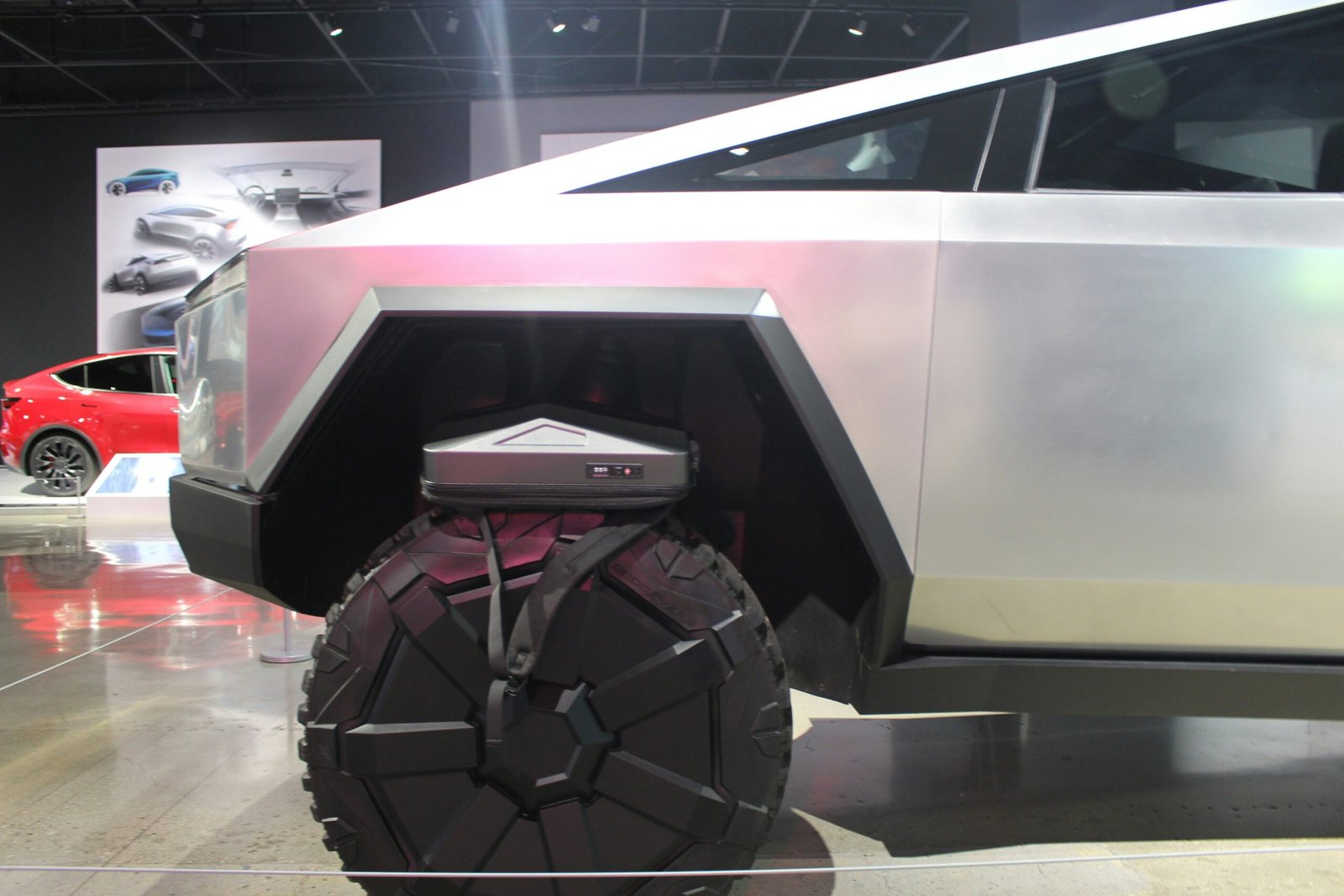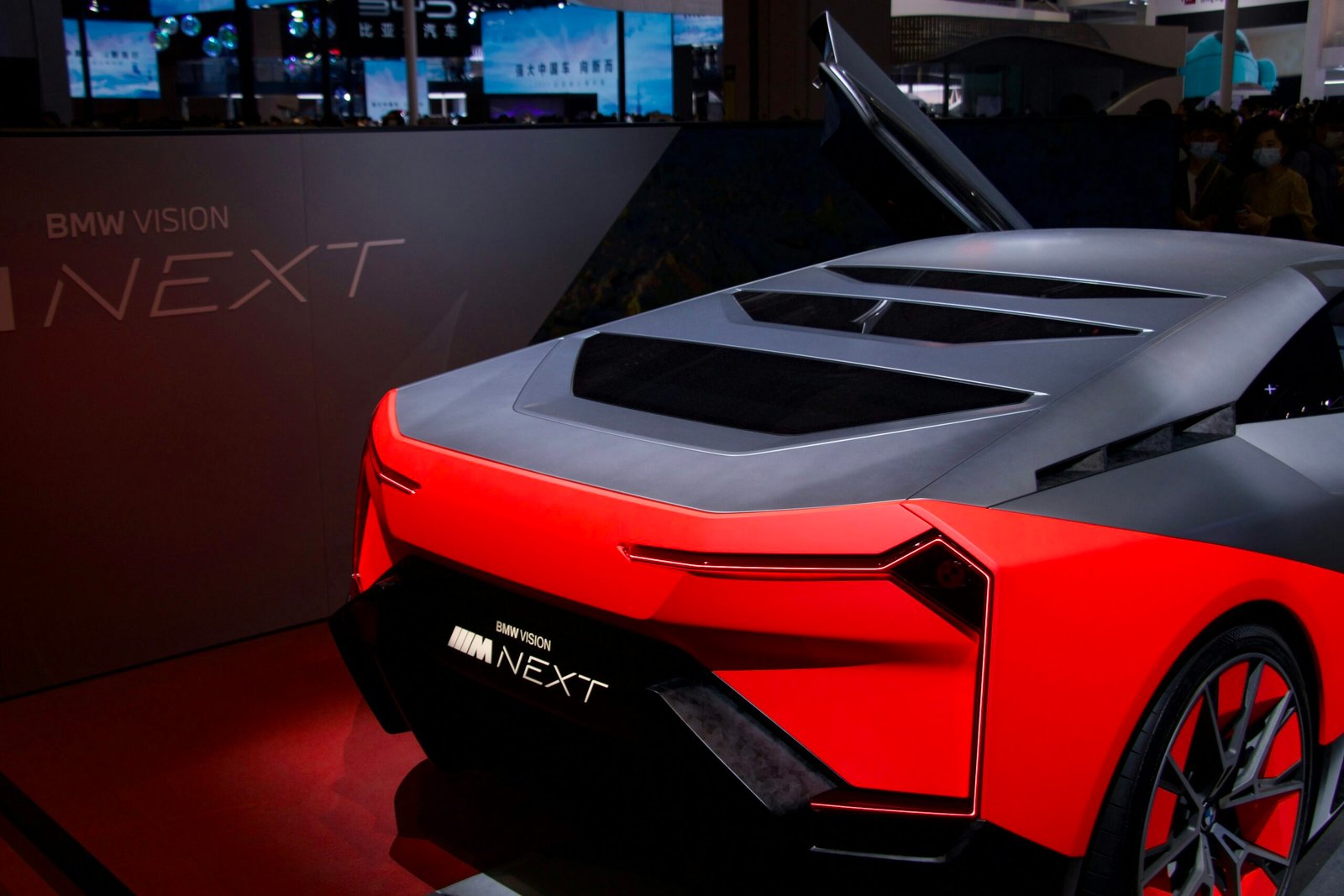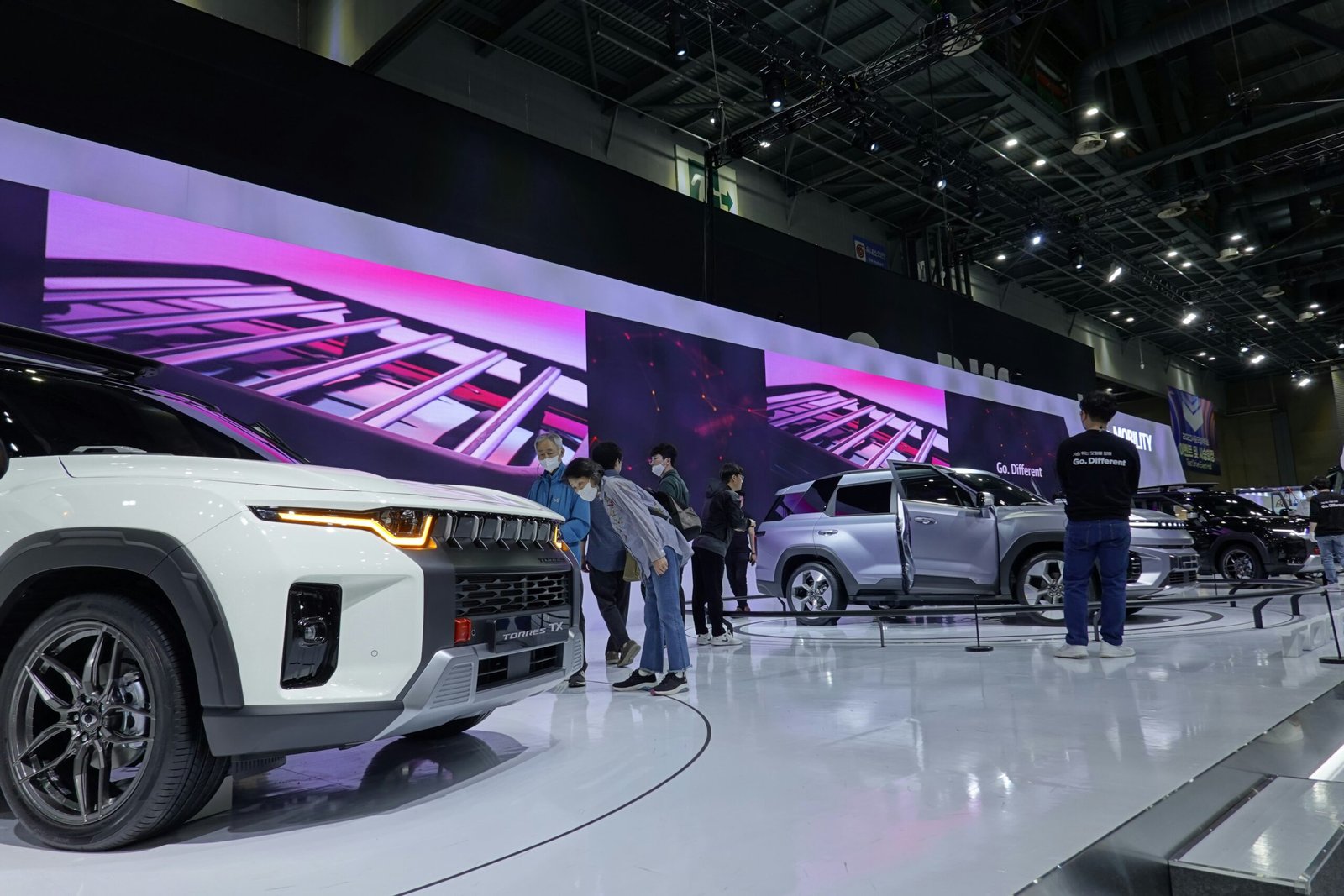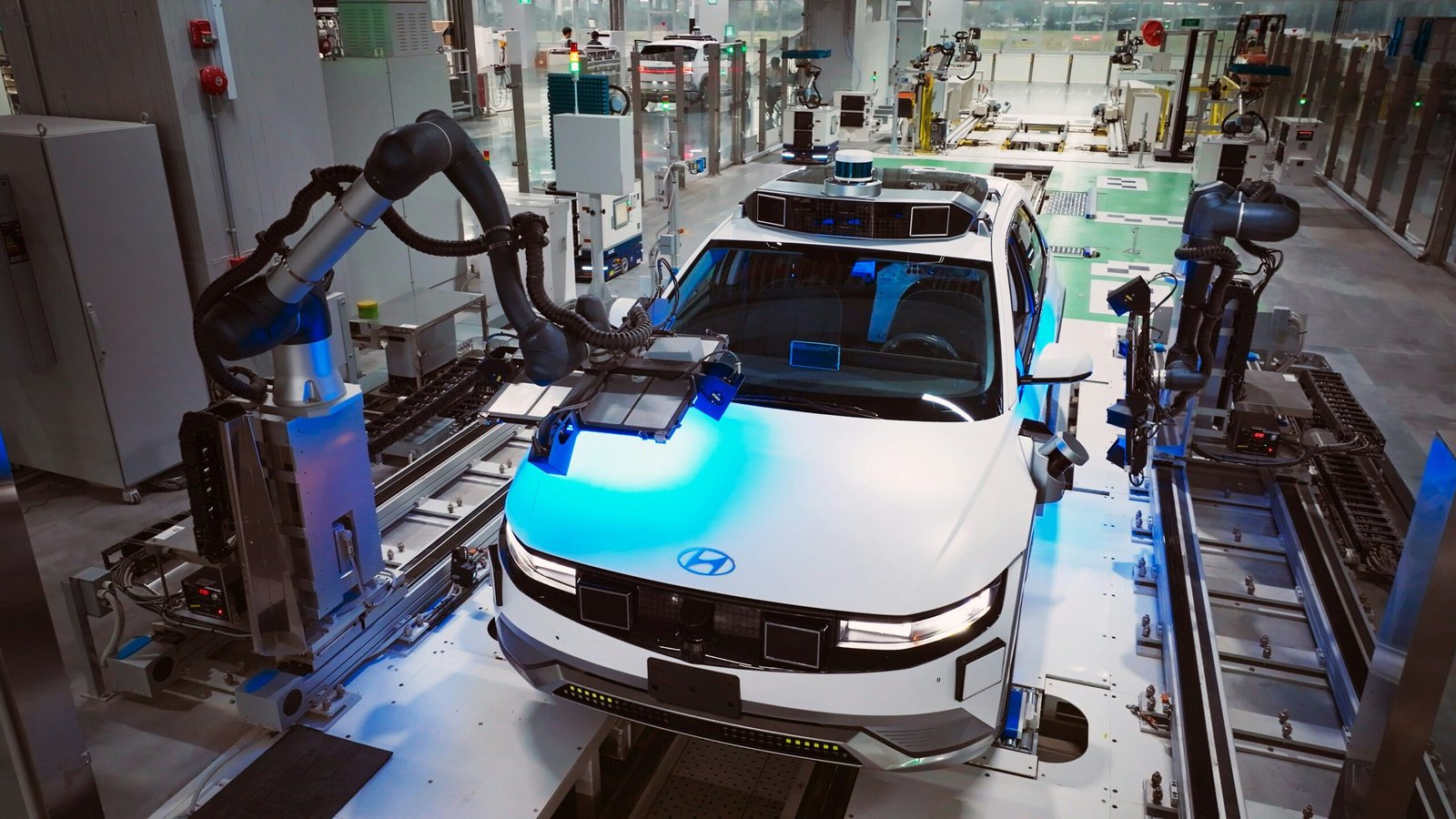Introduction to AI in Vehicle Design
Artificial Intelligence (AI) has emerged as a transformative force across various industries, and its application in vehicle design is particularly noteworthy. The integration of AI technologies into the vehicle design process represents a significant shift, allowing for automation that enhances productivity and innovation. By leveraging machine learning algorithms, manufacturers can streamline workflows, reduce costs, and improve the overall quality of vehicle designs.
In the modern vehicle production landscape, automation plays a crucial role. Previously, design processes were often time-consuming and heavily reliant on manual labor. However, the advent of AI has enabled the development of sophisticated tools that can assist designers in generating new concepts, simulating performance, and optimizing designs based on specific parameters. This shift not only accelerates the design phase but also allows designers to focus on more creative aspects of the vehicle creation process.
The key benefits that AI brings to vehicle design are multifaceted. One notable advantage is the ability to analyze vast amounts of data swiftly and accurately. By gathering insights from various sources, including consumer feedback, market trends, and performance analytics, AI can inform design choices that would have otherwise gone unexamined. This data-driven approach leads to more informed decision-making and results in vehicles that better meet consumer needs and expectations.
Furthermore, AI promotes increased creativity in design. With generative design algorithms, designers can explore a wide array of design possibilities, pushing the boundaries of traditional vehicle aesthetics and functionality. The collaborative partnership between human creativity and AI capabilities cultivates an environment ripe for innovation, setting the stage for the future of vehicle design.
AI Technologies Transforming Vehicle Design
The automotive industry has begun to leverage various artificial intelligence (AI) technologies to enhance and streamline the vehicle design process. Among the most impactful are machine learning algorithms, generative design techniques, and simulation modeling. Each of these technologies plays a significant role in enabling automotive manufacturers to create more efficient, innovative, and tailored vehicles.
Machine learning algorithms utilize large datasets to identify patterns and make predictions based on historical design choices and performance outcomes. By analyzing data from past projects, these algorithms can provide insights into design optimization, helping engineers to make data-driven decisions. For instance, data collected from thousands of previous models can result in streamlined processes where the likelihood of success in design is significantly improved, leading to reduced development time and costs.
Generative design represents another significant advancement in AI for vehicle design. This technology allows designers to input certain constraints and objectives, such as weight limits, materials, and cost parameters, while the software explores all possible design alternatives. It employs algorithms to generate multiple design options, which can then be evaluated for performance and manufacturability. This process not only maximizes material usage but also fosters creativity by producing unexpected solutions that might not have been considered by human designers.
Furthermore, simulation modeling plays a crucial role in the design process by enabling real-time testing of vehicle performance under various scenarios. Advanced AI-driven simulation tools can predict how a vehicle will respond in different conditions, including weather, terrain, and user behaviors. By simulating these conditions in a virtual environment, design teams can address potential issues before physical prototypes are created.
Automotive manufacturers such as Tesla and Volkswagen have successfully integrated these AI technologies into their design workflows, showcasing the significant improvements in efficiency and innovation. These companies exemplify how the adoption of AI-driven automation is not only transforming the design process but also propelling the future of vehicle design toward unprecedented levels of performance and customization.
Challenges and Considerations in AI Integration
The integration of artificial intelligence (AI) into vehicle design automation presents several challenges for automotive manufacturers. One prominent issue is the quality of data utilized in AI-driven systems. High-quality, relevant data is essential for developing reliable algorithms that can effectively assist in design processes. Inaccuracies or incomplete data can lead to flawed decision-making and compromised vehicle performance. Thus, manufacturers must establish robust data management systems to ensure the integrity and accuracy of the information fed into AI models.
Another key concern involves the necessity for skilled professionals adept in both automotive design and AI technology. The successful deployment of AI in design automation requires cross-disciplinary expertise that is currently in short supply. Companies need to foster this skillset through training programs or by collaborating with educational institutions. By actively developing their workforce, manufacturers can bridge this skills gap and facilitate smoother integration of AI in their operations.
Ethical considerations also arise with AI implementation, particularly concerning potential biases present in algorithms. AI systems can inadvertently perpetuate existing biases if not adequately monitored and calibrated. This raises questions about fairness and equality in the design process. To counter this, companies should implement rigorous testing and validation procedures to regularly assess their algorithms for unintended biases, ensuring that the resulting designs cater to a diverse customer base.
Ultimately, while challenges exist, automotive manufacturers can overcome these hurdles by prioritizing data quality, investing in talent development, and addressing ethical concerns comprehensively. By doing so, they can unlock the full potential of AI in vehicle design automation, fostering innovation while promoting responsible practices.
The Future of AI and Vehicle Design Automation
The automotive industry is on the brink of a revolutionary transformation, primarily driven by the advancements in artificial intelligence (AI) and automation technology. As vehicle design continues to evolve, AI is becoming increasingly integral to the process, enabling engineers and designers to create vehicles that are not only more efficient but also more attuned to consumer needs and environmental considerations. The future of AI in vehicle design automation is poised to introduce significant innovations while raising important questions regarding the implications for manufacturers and consumers alike.
One of the upcoming trends includes the utilization of AI algorithms that can simulate various design scenarios in real-time, allowing engineers to visualize the performance of vehicles under diverse conditions. This capability will facilitate the rapid iteration of design concepts, streamline development timelines, and reduce costs associated with physical prototyping. Furthermore, it is anticipated that AI will enhance the personalization of vehicles, enabling manufacturers to offer customizable features tailored to the specific preferences of individual users.
In terms of safety, AI systems will likely play a pivotal role in the integration of advanced driver-assistance systems (ADAS) as well as autonomous driving technologies. These systems improve vehicle safety by predicting and mitigating potential hazards in real-time, thus enhancing overall road safety standards. Moreover, the sustainability aspect of vehicle design will benefit from AI, which can optimize energy consumption and materials usage, contributing to greener manufacturing practices and reducing the automotive industry’s carbon footprint.
As these advancements take hold, consumer preferences are expected to evolve as well. Buyers may begin to prioritize AI-integrated features, expecting vehicles that not only meet aesthetic standards but also personal safety and environmental criteria. This shift will challenge manufacturers to remain agile and innovative in their approaches. In conclusion, the future landscape of vehicle design, driven by AI and automation, will necessitate a keen awareness among industry stakeholders to adapt to shifting paradigms and consumer expectations.










